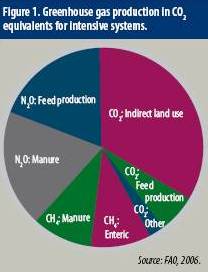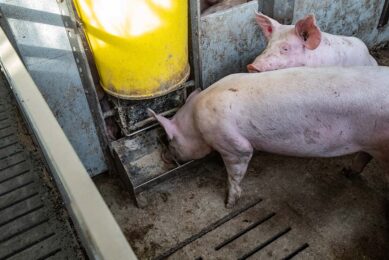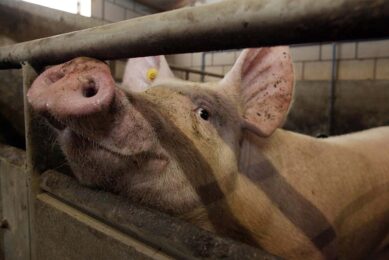How to be more sustainable in pig production?

What sustainability could possibly mean for pig production was a matter addressed by several speakers at this year’s edition of Alltech International Animal Nutrition and Health Symposium. Sustainability has many faces, explained Dr Jim Pettigrew, University of Illinois, at the Lexington conference.
By Stuart Lumb
The key theme at this year’s event, held in Lexington, KY, USA, 17-20 May, was ‘The Sustainability Principle’. As usual, a number of speakers introduced the general theme, leading up to individual speakers diving more deeply into the theme for different animal species.
©
In his presentation, ‘Research Needs for Sustainable Pig Production’, Dr Jim E. Pettigrew, University of Illinois Urbana-Champaign, went way back to attitudes of the past to end up where we stand now. ‘Live now, pay later’, used to be a common catch phrase but as the world moves into the early years of the 21stcentury, he recalled that society has rightly taken a step back and started to take a serious look at what we are doing today and how it will impact on future generations.
©
Definition
Pettigrew asked himself how to define sustainability? He referred to a United Nations report, defining sustainability as ‘meeting the needs of the present without compromising the ability of future generations to meet their own needs’.
©
In this report, sustainability has four components, Pettigrew explained:
Production sustainability means simply that we must feed the human race, but this is hardly a simple challenge given that to feed our ever-growing world population food production has to double in the next four decades.
©
Environmental sustainability entails the preservation of soil and water along with cutting greenhouse gases, whilst at the same time massively boosting food production. This will require increased efficiency and improved manure management.
©
Societal sustainability implies being allowed to ‘do business.’ It’s incumbent on the livestock industry that animals are reared as humanely as possible and treated with care and respect, to be eventually slaughtered in a caring and understanding manner. The production sector must ensure that the meat that is produced is wholesome and safe to eat, free from residues and infectious agents.
©
Economic sustainability rests on two pillars: swine production must be profitable enough to keep producers in business, so they can make money and be able to invest for the future. At the same time pork and pig meat products have to be affordable to ensure continued consumption.
©
Focus
He concluded by asking himself where should research be focused to increase the pork industry’s sustainability? Feed is the major component of pig production and so feed resources must be used more efficiently, he indicated. In his view, the swine industry needs to look at new crops and new crop varieties. More use needs to be made of energy co-products along with waste streams from the food industry, he continued.
He concluded by asking himself where should research be focused to increase the pork industry’s sustainability? Feed is the major component of pig production and so feed resources must be used more efficiently, he indicated. In his view, the swine industry needs to look at new crops and new crop varieties. More use needs to be made of energy co-products along with waste streams from the food industry, he continued.
©
Pettigrew highlighted the fact that the current measurement of dietary energy of swine feeds is much less sophisticated than those pertaining to amino acids and minerals and needed to be improved in order that dietary energy needs could be more accurately tailored to the pigs’ actual energy requirements. What goes in the pig eventually comes out and – as often is the case – much more research is needed into manure management and the reduction in emission of greenhouse gases.
©
Source: Pig Progress Volume 25 nr©6
Join 18,000+ subscribers
Subscribe to our newsletter to stay updated about all the need-to-know content in the pigsector, three times a week. Beheer
Beheer










 WP Admin
WP Admin  Bewerk bericht
Bewerk bericht